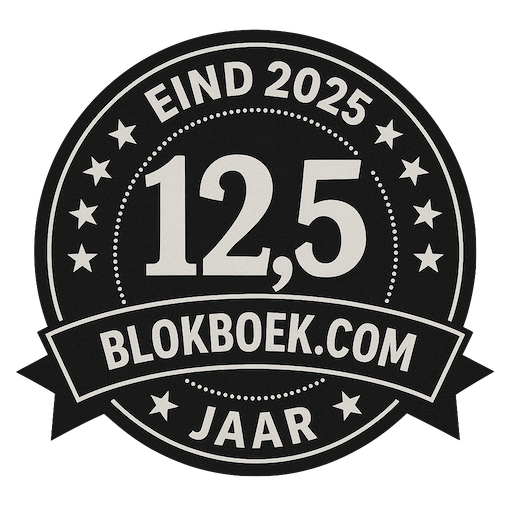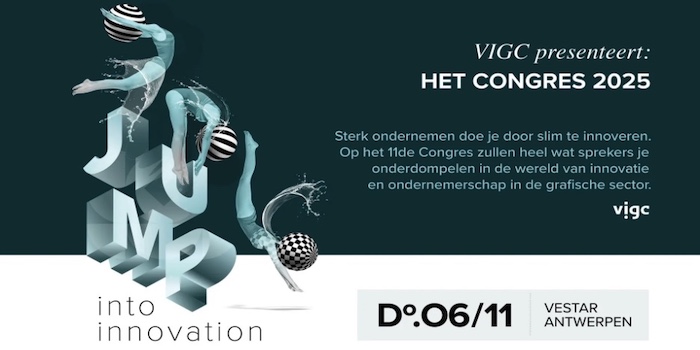Wild Format 2.19: Installation Basics for Wide Format Projects
Have you ever heard that print is dead? Well, if you have, I’m sure you disagree, especially when we look at the development of digitally printed options. So, the industry is far from dead, but rather brimming over with exciting new solutions and opportunities.
The appearance of colours very much depends on the light source, so if you want high colour accuracy you should adapt the reproduction of the images to the actual light of the viewing area.
But with such a wide array of applications offered especially in the wide format area, it’s quite a challenge to properly plan for a successful campaign. Your preparations should include the actual installation and use of the print, to ensure the optimal usage. For some applications like self-adhesive materials on windows, you might not even have the skills or knowledge to apply the material in a way that looks nice, or have the time or knowledge to take them down again in a fast and efficient way. In this case it’s likely that the best option is to ask the supplier to include both the on-site installation and the removal, as being part of the total price of the print project.
The light matters
When planning for prints that are to be viewed indoors, and if colour accuracy matters to you, you need to be aware that the perceived colour in the images, including logos, very much depends on the light source that is used. While the graphic arts industry has agreed to evaluate prints and proofs at a standardised light condition called D50 (a simulation of Daylight at a whitepoint of 5000 Kelvin), this is not necessarily what will be in the area where your posters or indoor signage are supposed to go. In fact – it’s very unlikely that you will find such special light tubes used anywhere other than in a dedicated viewing booth.
So why bother with using a standardised light like D50 at all? The reason is that if we didn’t, prints and proofs would look very different for everyone accessing if they match the colours we expect to achieve in prints. The D50 standard doesn’t only define the white point of the light, it also defines the spectral distribution of the light. It tries to create a pre-defined environment, so that what the press operator looks at by the press or digital printer is very, very similar to what the print buyer, designer or photographer looks at when evaluating the contract proofs. So, if all parties use D50 when evaluating proofs and prints, we have common ground if we feel that colour needs to be adjusted. On top of this you should assess the prints in the final ambient light, and check if the appearance still is to your satisfaction. A colour-savvy prepress department can adjust the viewing conditions for a specified ambient light, and so better match the colour separations according to this.
Wrap it up!
A popular application is customised print using shrink wrap materials, for example on vehicles. If you are creative you can shrink wrap many other objects and so customize them to fit into your print project and campaign. But make sure the print firm has plenty of experience with this, because not all types of substrates stretch as much or as well as others, and not all types of substrates are suitable to use, for example together with food or drinks. There are lots of rules and regulations applying to print used with food and drinks, so even if you are excited about a brilliant idea for, let’s say, a custom-made coffee cup, don’t think that you are exempted from applicable laws and rules just because you aren’t a typical vendor of beverages or similar. Once you distribute an item which is likely to touch food or drinks you need to comply to the laws and regulations like everyone else in the industry.
Other applications where you should be careful to check what rules apply, is if it’s likely that the printed matter will reach children. There is legislation and certification related to health and safety as well as environmental impact. The Greenguard certification confirms that ink from vendors such as Efi, HP and Mimaki are safe. These certificates confirm that the inks are suitable for use in environments such as schools and healthcare facilities. So be on the lookout for vendors of inks and substrates who focus on sustainability, and favour them in your choices of materials for your projects.
Transport and distribution
Wide format print projects typically involve large printed objects and, if you don’t consider the choice of substrate, the cost of transport and distribution can run away with you. Banners, for example, have traditionally been printed on thick vinyl, sometimes for durability (vinyl can withstand both rain and sunlight if printed with suitable inks). But there are several alternative substrates that have similar properties to vinyl in regard to durability, for example canvas made of Polypropylene. A Polypropylene-based substrate can weigh 10% less than comparable thick vinyl alternatives, but in many cases work equally well. A substrate weighing so much less is not only cheaper to transport and distribute, it’s also much easier to handle for those installing the print. So, ergonomics should also be included when planning your print projects.
Increasingly professional print firms provide a distribution and rapid installation service which saves you and your staff time and effort. So, outsource when and wherever it makes sense, and you will save yourself time, stress and resources.
Paul Lindström
The Wild Format guides are intended to expand awareness and understanding of the craziness that can be created on wide format digital printing devices, from floors to lampshades and everything in between.
These guides are made possible by a group of manufacturers working together with Digital Dots.
This article is supported by Mimaki (www.mimakieurope.com) and Digital Dots (www.digitaldots.org).
Together we hope you enjoy the articles and that you put into practise what you learn. If you want to talk about it, go to our LinkedIn via this link.
Enjoy and Go Wild!

De trainingen voor 2022 staan gereed. Kijk voor het volledige online aanbod van bestaande- en nieuwe trainingen op de website.
BLOKBOEK.COM EN PRINTMEDIANIEUWS: HET OPTIMALE DOELGROEP BEREIK




















